This article was originally authored by John R. Nebbia.
Problem: A PC/PBT resin was the selected material for an injection molding application. The material was not characterized for Moldflow. Therefore, a “Drop-in” substitute was recommended by the material supplier to move forward with the analysis. This “Drop-in” substitute resin was also listed as an equivalent resin on the material supplier’s line card. Initially, the analysis was intended to establish a proper gating configuration, and establish a prediction of the part’s warpage mode. Later, the customer expressed an interest in finding linear shrinkage values to aide in cutting of the tool. The analysis was to be performed using injection molding simulation. A comparison of the materials that the analysis used are shown below in Table 1. This table highlights that while the resin supplier lists these materials as a “Drop-in” substitute, there is a distinct difference in the materials. Specifically, it appears that the substitute material is a higher molecular weight material, as is highlighted by the lower melt flow volume measurement.
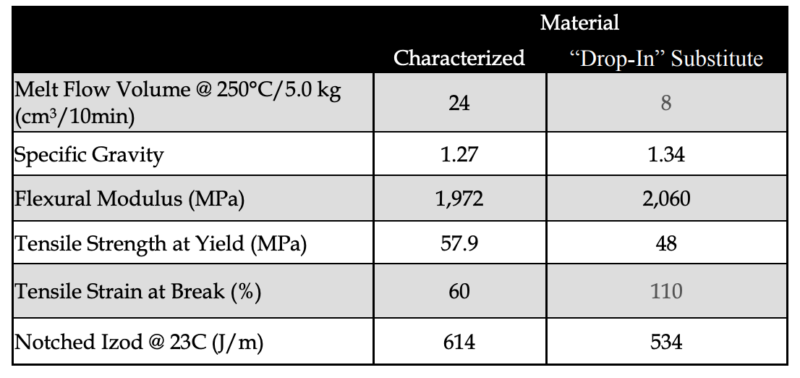
Table 1. The table highlights the material differences between the characterized and Drop-in substitute materials.
Evaluation: During the evaluation of the part and process, the simulation with the substitute resin showed reasonable filling parameters. The substitute resin was able to capture the filling pattern and balance of fill. Additionally, the pressures did not raise any concern during the preliminary analysis with only the substitute resin. The predicted filling pattern was similar to that of the characterized resin, as well as similar to short-shots taken at the press. However, during the warpage analysis, excessive amounts of warpage and shrinkage were predicted. These values were far greater than expected based on the geometry and previous experience with PC/PBT resins. Therefore, there was little confidence in the predicted data in regards to dimensional stability by both The Madison Group and the customer.
With this lack in confidence regarding the data, the resin supplier ultimately decided to have the material characterized for Moldflow. The Madison Group characterized the resin and fit the material data to generate the newly characterized material file. The characterized resin was then used in simulation with the process settings that were established for the substitute resin (Case 2).
The “Drop-in” substitute resin (Case 1) and the newly characterized resin (Case 2) used the same process settings, but simply changed the materials, Table 2.
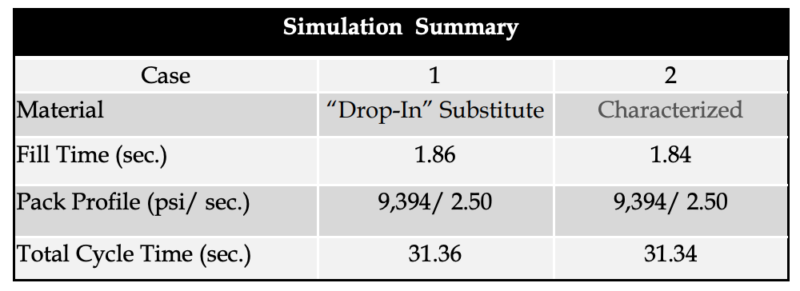
Table 2. Overview of the processing parameters used for Cases 1 and 2.
This comparative analysis highlighted a few major findings. The predicted pressures to fill the cavity were much higher than with the “Drop-in” substitute resin, Figure 1. This may seem counterintuitive based on the melt flow volume data. However, after looking into the rheological (viscosity) data, the shear thinning behavior seemed to support the findings corresponding to the increase in pressure with the characterized resin. This further supported the fact that these materials are inherently different. Additionally, it is important to note that while spending time at the press with the customer, the observed pressures tended to range between 22,000—25,000 psi. This helped create greater confidence in the simulation results with the characterized resin.
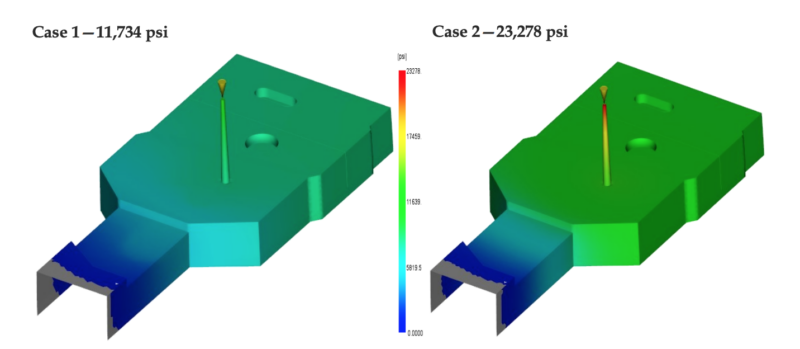
Figure 1. Plot showing the pressure distribution at switchover for Cases 1 and 2.
Along with the difference in pressures observed during filling, the difference in predicted warpage was drastic. The only change made between Cases 1 and 2, was the resin characterization. The drastic change in warpage showed that the newly characterized resin was predicted to deflect significantly less with respect to the length and width of the part, but showed an increase in the out-of-plane deflection, Figure 2.
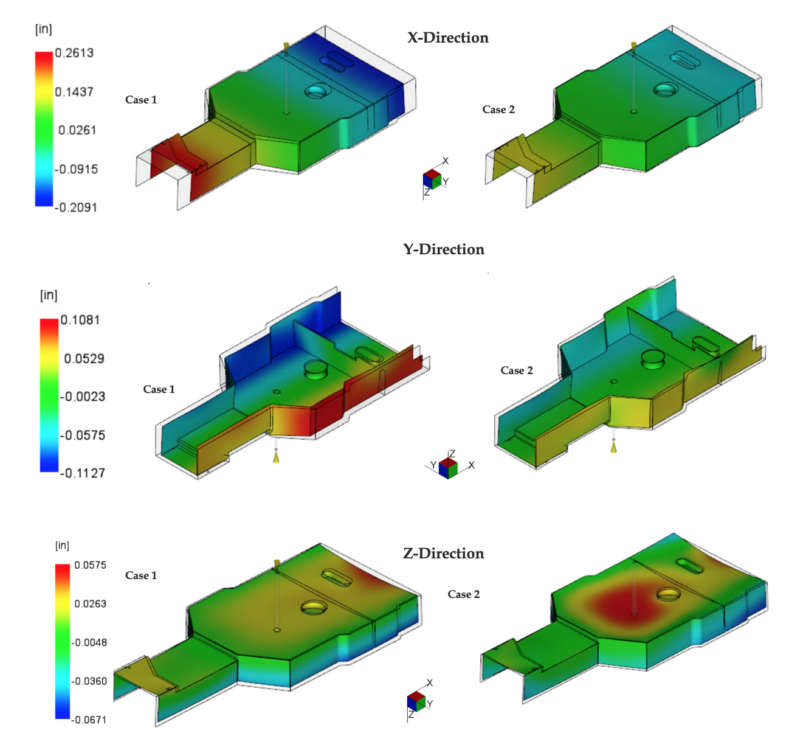
Figure 2. Comparison of the warpage modes and magnitudes for Cases 1 and 2 in the X, Y, and Z directions.
The increase in volumetric shrinkage under the sprue and the increase in the out-of-plane deflection on the same face suggested that the newly characterized resin had the ability to be packed for a significantly longer time than the “Drop-in” substitute resin. With this newly found information regarding the characterized resin’s packing behavior, the process settings were optimized around the newly characterized resin. (Case 3). This optimization resulted in a packing time that increased from 2.5 seconds to 10 seconds. That is a 4x increase in the packing time, which has the potential to greatly impact the dimensional stability of the part. The warpage for Case 3 is shown below in Figure 3.
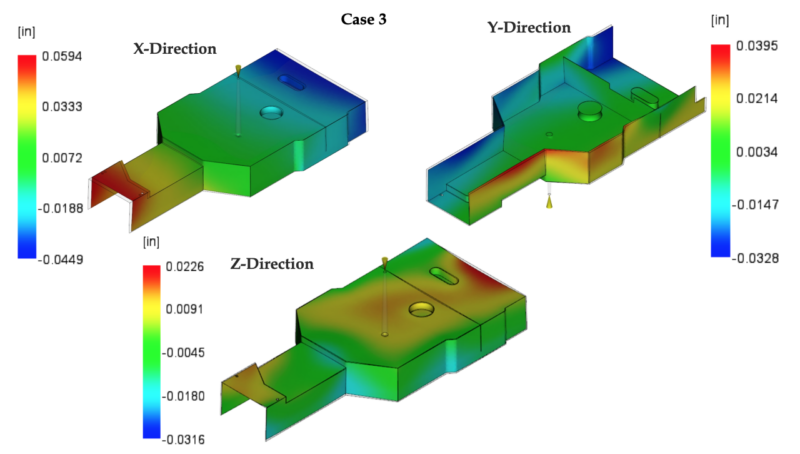
Figure 3. Comparison of the warpage modes and magnitudes for Case 3 in the X, Y, and Z directions.
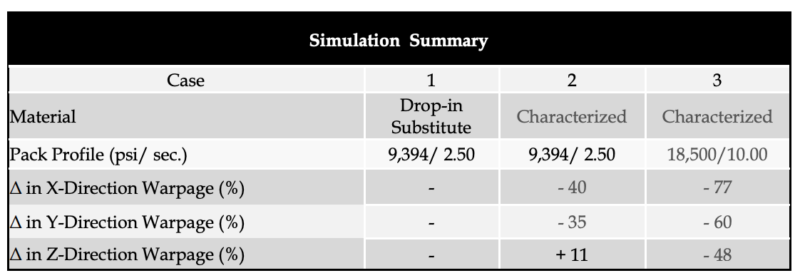
Table 3. Table showing the magnitude of improvement that can be made by changing both of the materials and adjusting the process for the new material.
The customer had also expressed an interest in linear shrinkage, as they would like to use the simulation as an aide while cutting their tool. See below for a comparison of the theoretical linear shrinkage values in Table 4.
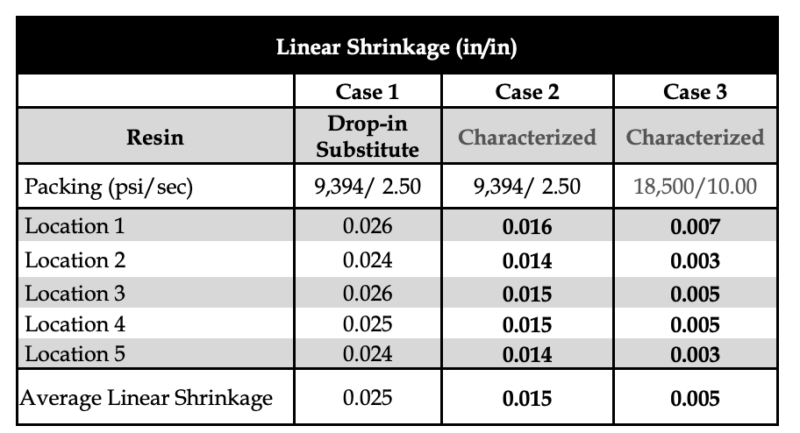
Table 4. A table showing the linear shrinkage rates for the cases in this study.
The corresponding locations that the measurements were taken from are shown in Figure 4. The listed shrinkage on the data sheet for the resin was 0.006-0.010 in/in. The theoretical values obtained from the characterized resin are much more representative of the resin than the “Drop-in” substitute.
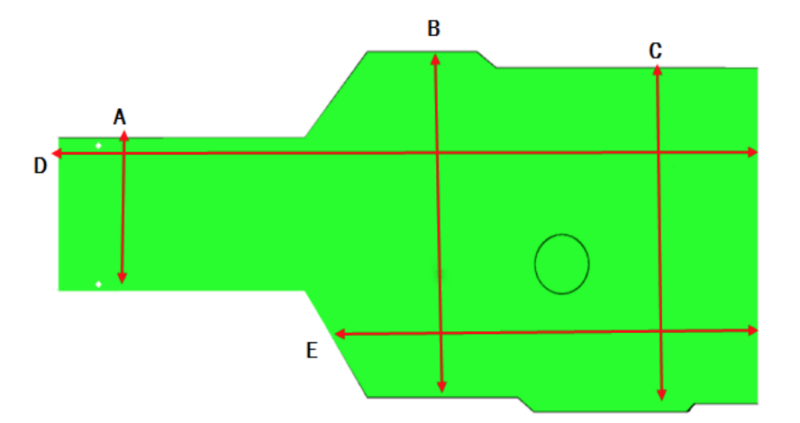
Figure 4. An image showing the locations of the linear shrinkage measurements taken on the models in Moldflow.
Conclusion: When running an analysis and choosing a substitute resin, one must look beyond the typical figures given on a data sheet. While sometimes these values may look similar for short-term performance, they may not tell the whole story in terms of long-term material properties. Additionally, even if the values are similar, they can obscure the variations in material composition. This is especially important for material blends such as PC/PBT or PC/ ABS. Therefore, when looking to get the most accurate simulation results out of these materials up front, The Madison Group strongly encourages material characterization. This will ultimately help to save time, money, and headaches in the long run for tool design and manufacturing.
